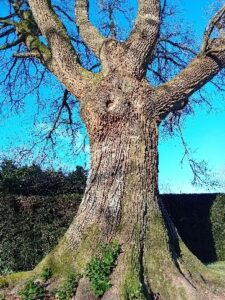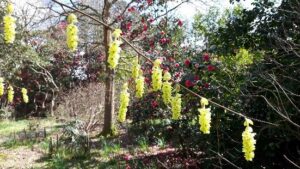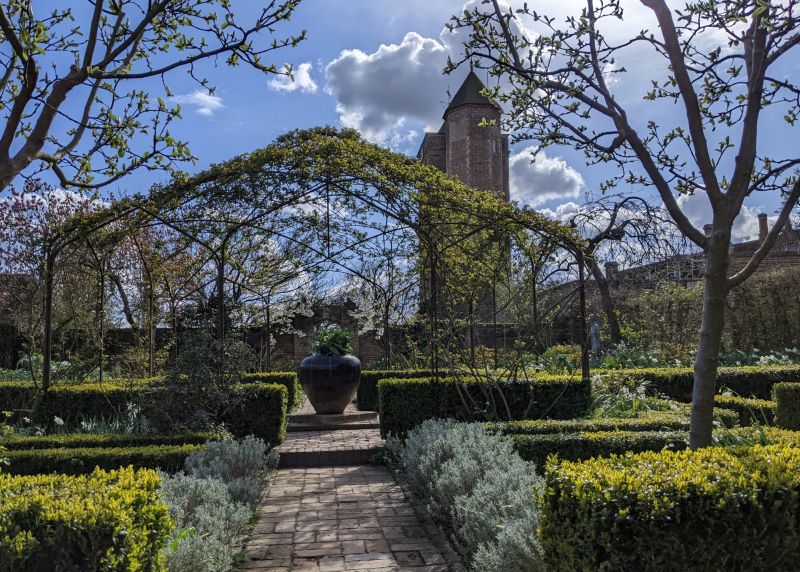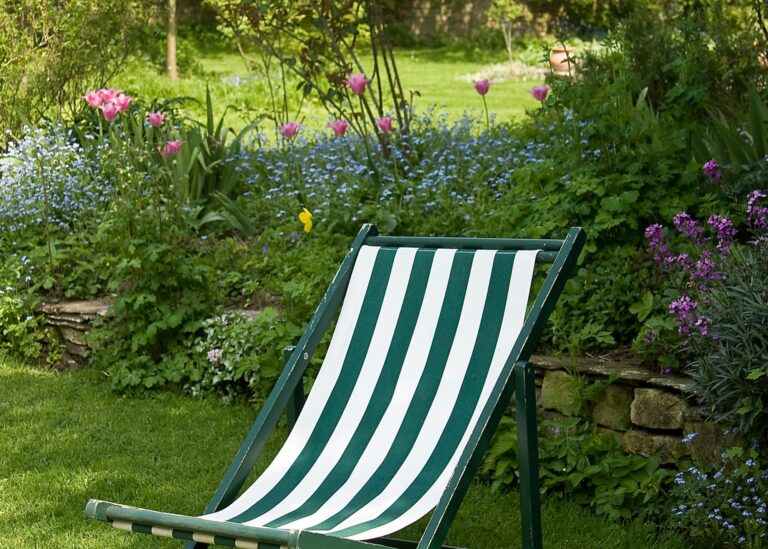Beautiful Winter Gardens
Beautiful winter gardens can be difficult for so many people, with cold temperatures, reduced daylight hours, or lack of sunshine. Longing for spring and extended day length are foremost of many minds. Yet, on a dry bright winter day, plenty can be seen or indeed felt as our senses start to stir to hidden treasures in gardens, parks, woodland and open green spaces.

Trees in Winter
Mature trees such as the sweet chestnut, a majestic tree of which many are 200 years old in many parks and woodlands. The Oak tree, symbolic, associated with longevity, strength, stability, and fertility. And of course, the beech tree, known as the Queen of British trees, with its cathedral like branches spreading upwards. They all have their own distinctive trunks, as their nakedness exposes their beauty and the deep fissures of their bark, providing welcome respite from severe winter weather for millions of insects and homes for birds and mammals. Other trees are more ornamental but show off their intricate and polished and, in some cases, flaky trunks, enough to entice you to touch and feel.
Beautiful Winter Gardens – Shrubs
The beautiful hazel, grown into a tree or coppiced to form a shrub, well known for its long, yellow catkins in winter and nuts in late summer, with lush green foliage during spring and summer.

Then we have the piece de resistance, the glorious scent of the Daphne, mouth-watering Sarcococca or winter box and the winter witchhazel, all three exudes scent to die for! And there are more shrubs that have similar wonderful attributes, providing intoxicating scent and colour this time of year.

Herbaceous Perennials and Flowering Bulbs for your Winter Garden
Then we have the ground huggers, hellebores and spring bulbs. Snowdrops flowering in February reminds spring and warmer weather is not far away. Crocus, winter cyclamen and the winter aconites carpet the winter floor, providing a dazzling show. What more do we need, winter is not too bad after all, enjoy it while you can, the bees do! As temperatures rise, bees wake up to take full advantage of the scent and nectar on offer, so important to ensure pollen is transferred to neighbouring plants and for the process to start all over again, producing seed and the future of that plant family.


